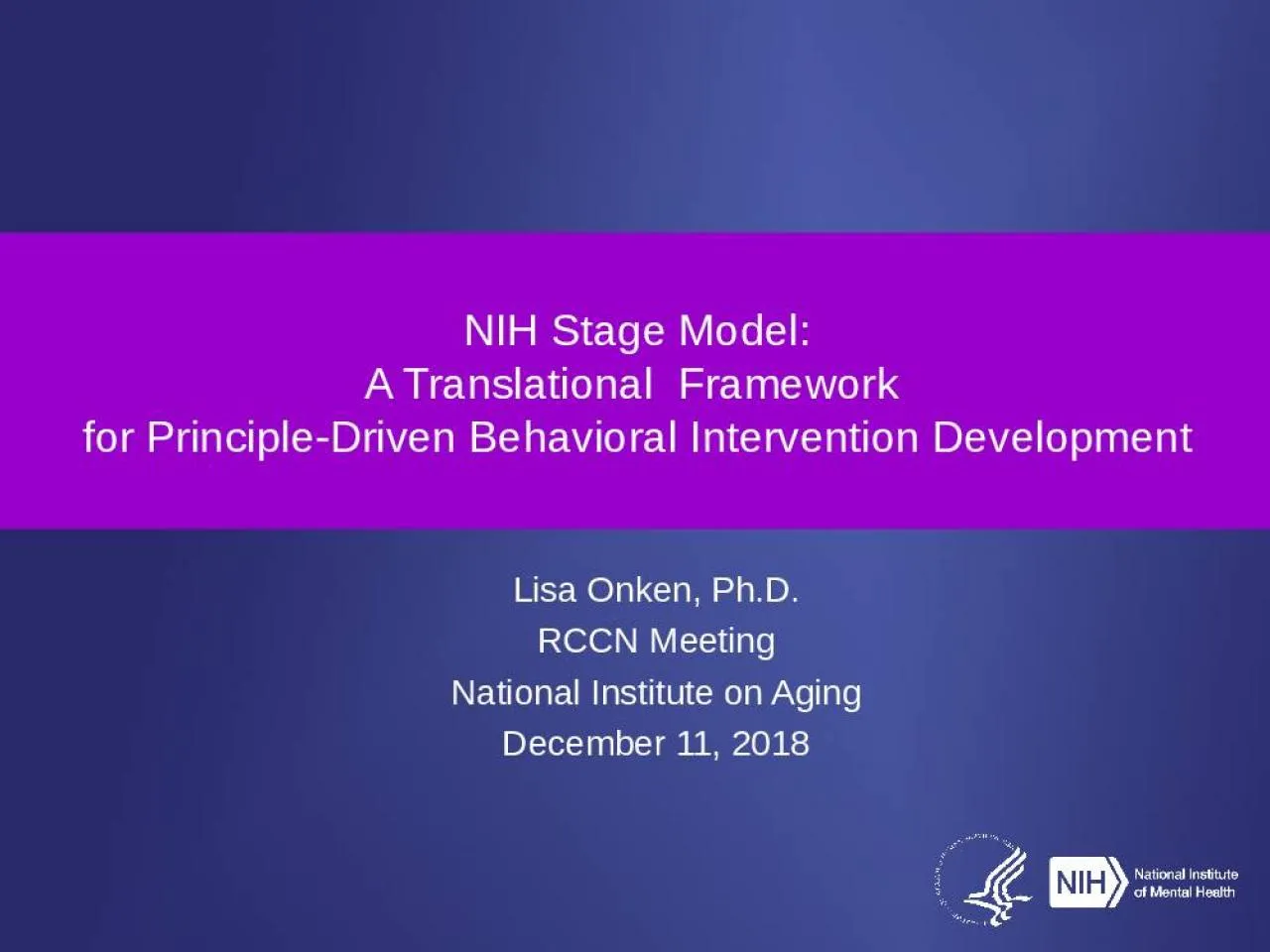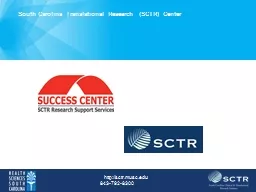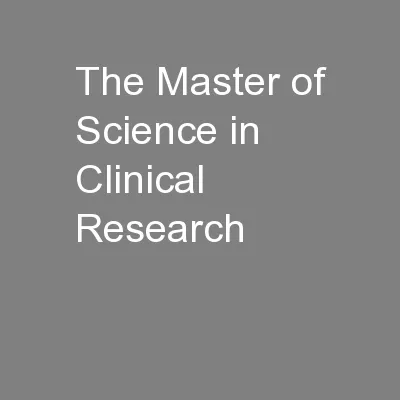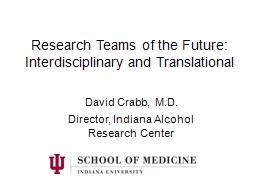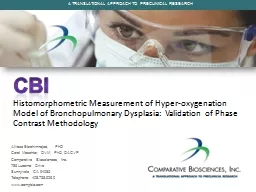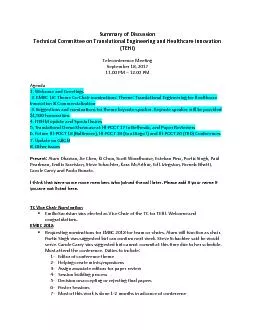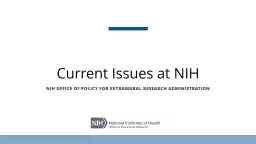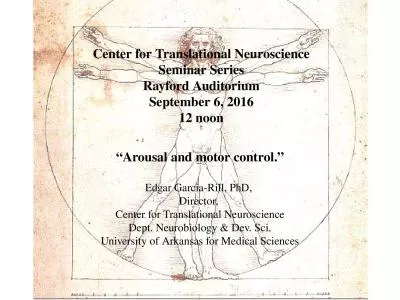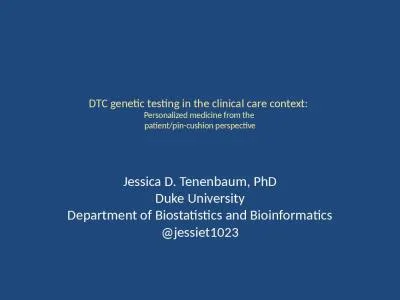PPT-NIH Stage Model: A Translational Framework
Author : roy | Published Date : 2022-02-12
for PrincipleDriven Behavioral Intervention Development Lisa Onken PhD RCCN Meeting National Institute on Aging December 11 2018 Understanding mechanisms is essential
Presentation Embed Code
Download Presentation
Download Presentation The PPT/PDF document "NIH Stage Model: A Translational Framew..." is the property of its rightful owner. Permission is granted to download and print the materials on this website for personal, non-commercial use only, and to display it on your personal computer provided you do not modify the materials and that you retain all copyright notices contained in the materials. By downloading content from our website, you accept the terms of this agreement.
NIH Stage Model: A Translational Framework: Transcript
Download Rules Of Document
"NIH Stage Model: A Translational Framework"The content belongs to its owner. You may download and print it for personal use, without modification, and keep all copyright notices. By downloading, you agree to these terms.
Related Documents

